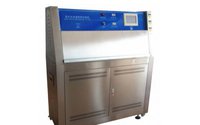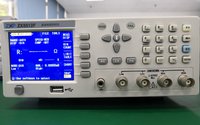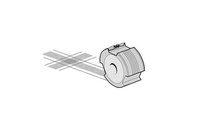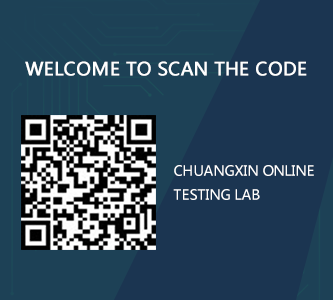New competition point in the electronic components industry: When consumer grade chips tear apart regulatory barriers
Date:2025-07-25 17:06:45 Views:2009
Recently, Xiaomi has adopted the Qualcomm Snapdragon 8 Gen3 chip in its latest YU7 intelligent cockpit, becoming the world's first "in car" mobile phone chip case, which has attracted widespread attention in the industry. The significance of this move goes far beyond product innovation, and its impact is rapidly spreading to technical standards, supply chain logic, and industry competition patterns. It not only highlights the technological differences between the two major systems of consumer electronics and automotive electronics, but also provides a key window for insight into the future of the electronic components industry.
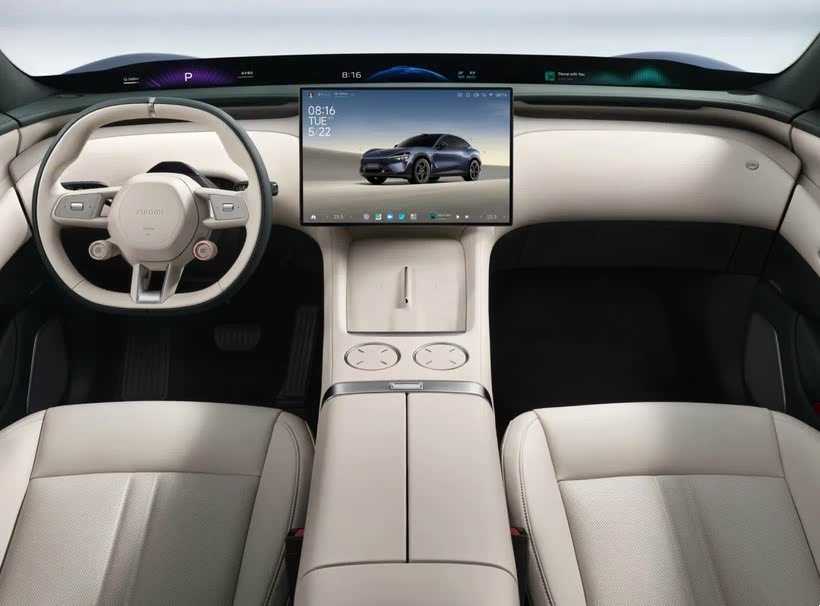
Image source: Xiaomi official website
From a technical perspective, the gap between automotive specifications and consumer chips far exceeds performance parameters. The core difference lies in the fact that automotive grade chips must withstand extreme environments (-40 ℃~150 ℃), ensure extremely low failure rates (≤ 10 DPPM), and have an ultra long service life (over 15 years), which are far from comparable to consumer chips (0 ℃~70 ℃, ≤ 500 DPPM, 3-5 years). This strictness stems from the zero compromise requirement for functional safety in automobiles, especially in critical systems such as power control or autonomous driving, where a single chip failure could trigger a safety accident. To bridge this huge gap, Xiaomi has adopted a "system level certification" strategy - its cockpit domain controller has passed AEC-Q104 module certification as a whole, supplemented by liquid cooling heat dissipation, metal shielding compartment, and dual system redundancy design. However, this path has raised questions about "technical ingenuity", as the testing rigor (85 ℃/85% humidity for 1000 hours) of module level certification (AEC-Q104) is much lower than the extreme temperature cycling (-40 ℃~150 ℃ 500 cycles) required by chip level certification (AEC-Q100).
Business logic is the core engine driving this' dimensionality reduction substitution '. The cost advantage of consumer grade chips is extremely tempting, and the purchase price of Snapdragon 8 Gen3 is only about half of that of automotive grade 8295 chips. Based on Xiaomi's delivery target of 350000 vehicles by 2025, this alone can save hundreds of millions of yuan in procurement costs. In the current fierce price war for new energy vehicles, this directly translates into competitiveness in terminal pricing. The deeper layout lies in the autonomy of the supply chain. The flow of consumer grade chips has stronger flexibility than geopolitically sensitive automotive grade chips. In 2023, European and American chip regulations on China led to the shutdown of several car companies, while mobile phone chips can be dismantled in the secondary market for emergency use. More importantly, Xiaomi has paved the way for its self-developed chips: if its Xuan Jie O1 consumer grade chip is successfully "launched", the cost will only be a few hundred yuan, and in the future, the scale of millions of vehicles can be reduced by billions of yuan, while avoiding the risk of technological bottlenecks. This dual demand for cost and autonomy is reshaping the component procurement philosophy of car companies.
The industrial chain shock brought about by this change has become clear. Specifically, if the penetration rate of consumer grade chips in intelligent cockpits reaches 35%, the market size of traditional automotive grade chips may shrink by 30%, forcing giants such as Qualcomm and Nvidia to accelerate their business transformation - the former establishes an automotive department to promote the "automotive grade" transformation of consumer chips, while the latter shrinks the research and development of low-power automotive grade chips. Domestic chip manufacturers are taking advantage of the situation to seize the opportunity: Xinqing Technology's "Longying One" has passed ASIL-B certification and is applied to the Extreme Krypton model, while Black Sesame Intelligent A1000 is exploring integrated cabin and driving solutions, attempting to achieve a corner overtaking in the mid to high end market. At the same time, cross-border technology integration has become a new trend. The Type-C connector enhances its anti vibration performance by strengthening its tongue structure and gold plating process, while the UWB digital key adds an electromagnetic shielding layer to resist engine interference. These "automotive" transformations of consumer electronics technology are expanding the innovation boundaries of component companies.
However, industry consensus is also rapidly gathering: there is a clear ceiling for the application of consumer grade chips. With the advanced development of technology, integrated solutions such as cockpit and cockpit integration require chip security levels to reach the highest level of ASIL-D (fault tolerance<10 ⁻⁸), while consumer grade chips, even with enhanced design, have a security level limit of only ASIL-B. This determines that true high-level intelligence (such as the Turing chip independently developed by Xiaopeng and certified by ASIL-D, and the Horizon Journey 6 series using 5nm automotive regulation process) will inevitably rely on native designed automotive regulation chips. In order to clarify boundaries, the industry is also taking active actions, such as the China Automotive Chip Industry Innovation Alliance launching the "Intelligent Cockpit Chip Grading Certification" based on ASIL-B/D grading, and the Ministry of Industry and Information Technology's "Technical Specification for Automotive Electronic Reliability" emphasizing chip traceability mechanisms. These measures jointly promote the establishment of more refined and secure technology substitution rules.
Overall, Xiaomi YU7's attempt is more like a high-risk, high return industry experiment, with its true value in revealing a fundamental shift in the development paradigm of automotive electronics: when "software defined cars" become a consensus, the core of safety standards is evolving from pursuing "single parts never break" to ensuring "a tolerable probability of failure for the system". In the face of this paradigm shift, the future competitiveness of electronic component companies will depend on whether they can find a precise balance between aggressive performance (such as in the field of automotive requirements such as 1500V SiC modules and high dynamic range CIS sensors) and safety conservatism, and successfully adapt consumer electronics technology for innovative automotive use - this will be a key characteristic of future winners.




 Weixin Service
Weixin Service
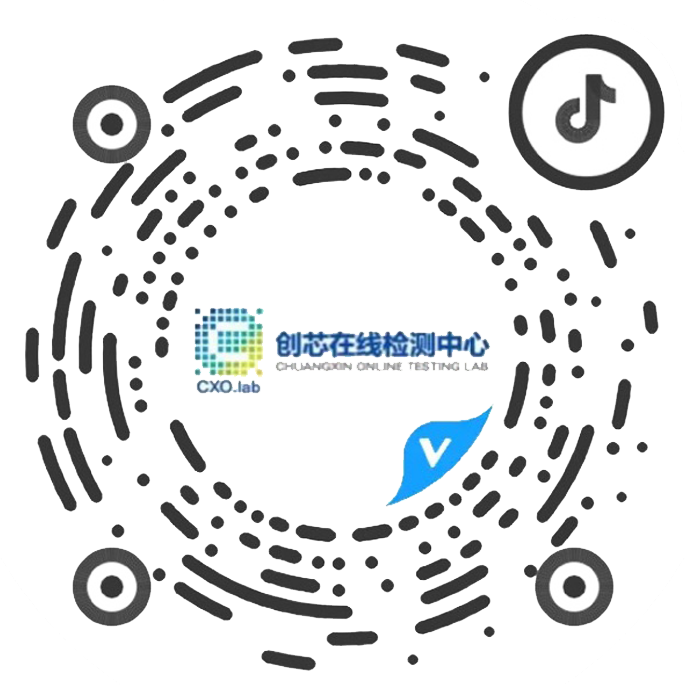
 DouYin
DouYin
 KuaiShou
KuaiShou



